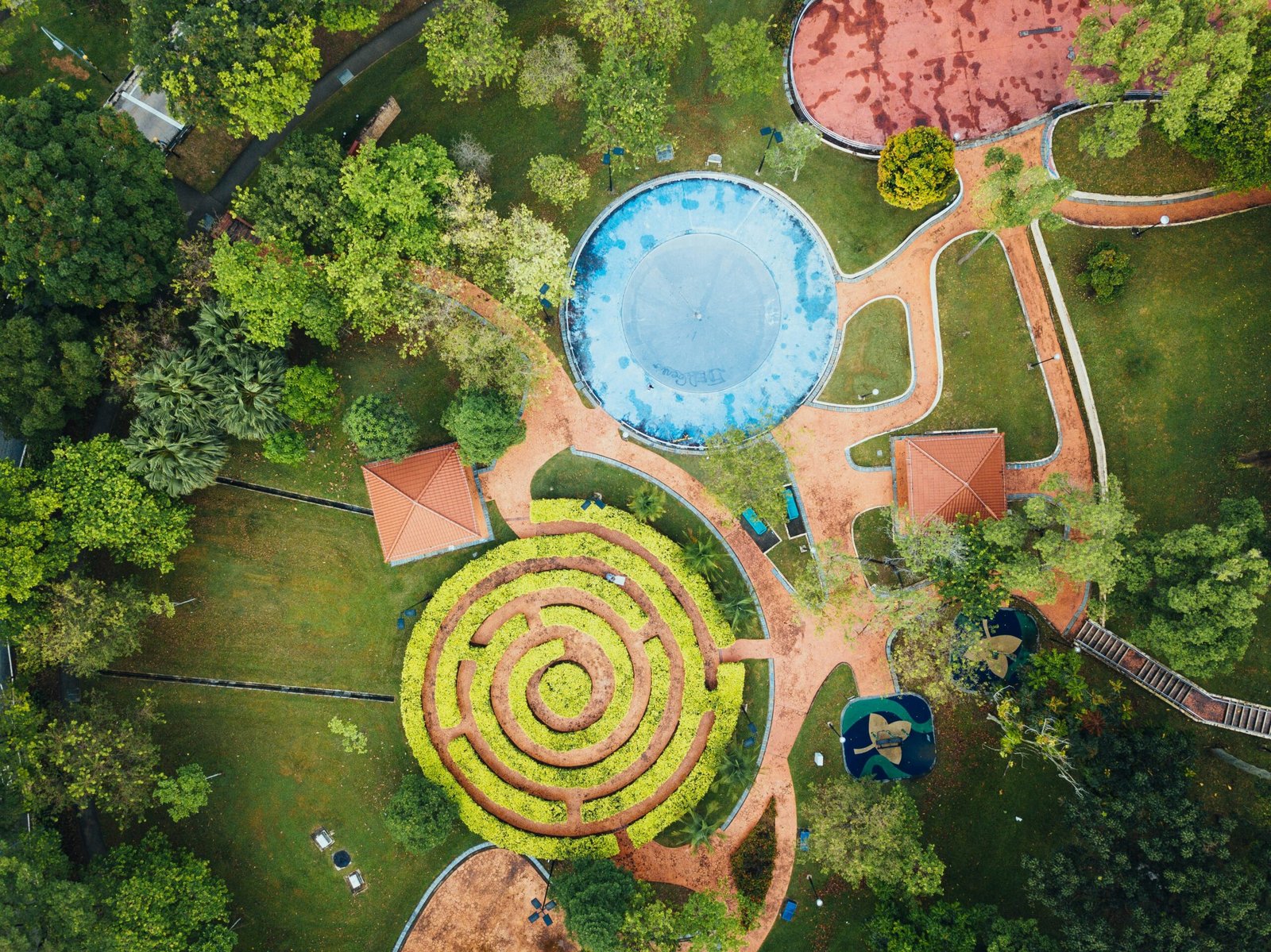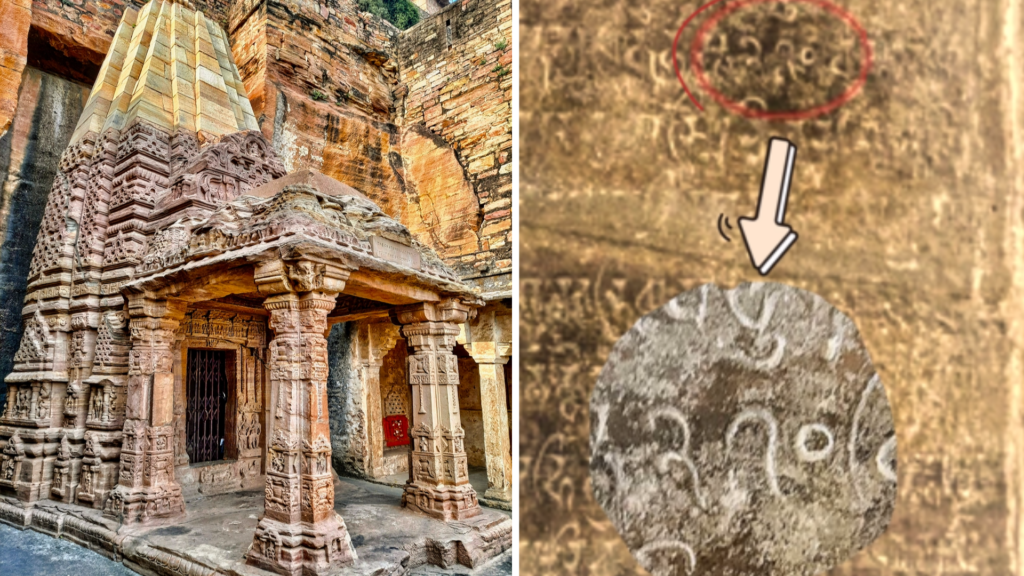Serpant Maze: Indian Symbol of Complexity and Challenge |

The Veerabhadreshwara Temple in Keladi, Karnataka, is a striking example of India’s rich cultural and architectural heritage. This temple is particularly renowned for its intricate stone-carved maze, known locally as the Nagamandala, located within the ceilings of the Navaranga Mantapa. Constructed during the 16th century by the Nayaka chiefs, the temple stands as a testament to the architectural brilliance and artistic dexterity of the period.
The Oldest Recorded Symbol of Zero Found In This Temple In India: Chaturbhuj Temple

It is within these inscriptions that the oldest evidence of zero can be seen, in the form of the number 270. The number 270, carved into the temple’s walls, holds a deep symbolic meaning. It refers to the size of land, symbolizing the vastness and abundance that zero represents. These carvings serve as archeological evidence, showcasing the early understanding and usage of zero in ancient India.
Ancient Indian Fertilization Technology Found In Temples Of India

One of the most fascinating aspects of ancient Indian science is the knowledge of fertilization and reproduction. How did the ancient Indians know about the process of fertilization without an ultrasound machine?

